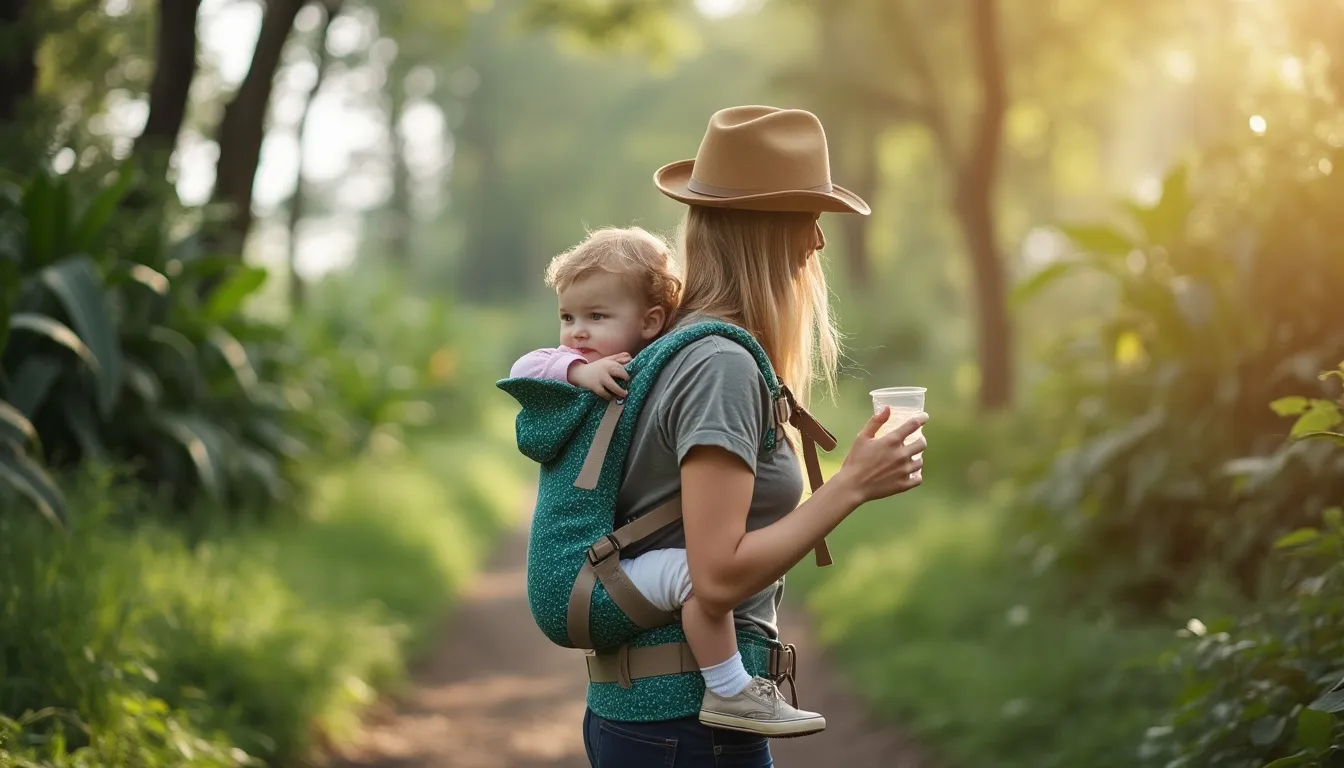The Environmental Impact of Baby Carriers
As a mom, choosing the right baby carrier can feel like a daunting task. With so many options available, it's important to consider not only comfort and style but also the environmental impact of the products we use. Having tried several baby carriers myself, I’ve learned a few things about what to look for when making an eco-friendly choice.

Material Matters
When it comes to baby carriers, the materials used can significantly impact the environment. Opt for carriers made from organic cotton or recycled materials. These options are not only better for the planet but also gentle on your baby’s skin. I remember switching to an organic cotton carrier and noticing how much softer it felt against my baby’s skin compared to synthetic materials.
Durability and Longevity
Another key factor is the durability of the carrier. A well-made carrier that can be used for multiple children or passed on to other families reduces waste. I’ve been using the same carrier for both of my children, and it’s still in great condition. Investing in a durable product not only saves money in the long run but also minimizes environmental impact.
Manufacturing Practices
Consider the manufacturing practices of the company. Brands that prioritize sustainable practices, such as reducing water usage and minimizing waste during production, are more environmentally friendly. I always check if the company has any certifications or initiatives that support sustainability. It gives me peace of mind knowing that I’m supporting a brand that cares about the planet.
End-of-Life Options
Finally, think about what happens to the carrier once your baby outgrows it. Some companies offer recycling programs or buy-back options, which can help ensure that the carrier doesn’t end up in a landfill. I recently participated in a buy-back program, and it was a great way to give my carrier a second life while also receiving a discount on future purchases.
In conclusion, choosing an environmentally friendly baby carrier involves considering the materials, durability, manufacturing practices, and end-of-life options. By making informed choices, we can reduce our environmental footprint while keeping our babies safe and comfortable.